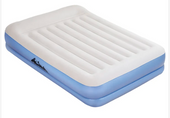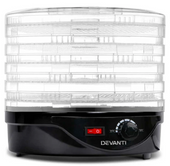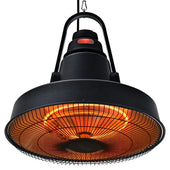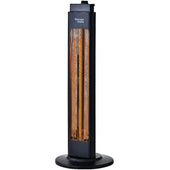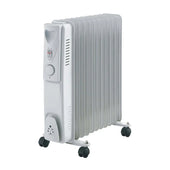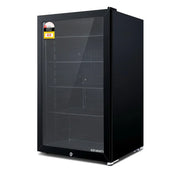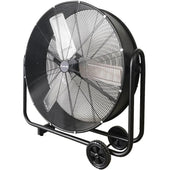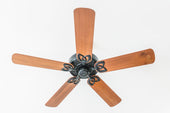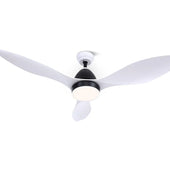Introduction: Why Knowing the Size of a King Size Mattress Matters
Selecting the right size for a mattress plays a critical role in ensuring comfort, quality of sleep, and optimal use of bedroom space. A king size mattress offers spacious sleeping areas, making it popular among couples or individuals who value additional room to stretch out. During Days, understanding its dimensions is essential for choosing suitable bedding, coordinating with bed frames, and planning overall interior design. Furthermore, knowing the exact measurements helps avoid costly mistakes. Bedrooms often vary in size, so checking if a king size mattress fits comfortably without overpowering the space is key to functionality and aesthetic balance.
Standard Dimensions of a King Size Mattress in CM and Feet
A standard king size mattress is designed to offer a spacious sleeping surface, ideal for couples or individuals seeking extra room. Its dimensions usually measure approximately:
- In centimetres (CM): 193 cm in width and 203 cm in length.
- In feet: 6 feet 4 inches wide and 6 feet 8 inches long.
Designed for comfort, these dimensions suit larger bedrooms, ensuring ample space for the mattress. Transitioning between these units allows shoppers to better gauge how the mattress fits their living space. Both centimetres and feet are standard measurements used worldwide for precision in selecting the perfect fit.
How Do King Size Mattress Dimensions Compare to Other Sizes?
A king size mattress offers significantly more sleeping space compared to smaller mattress sizes. Measuring approximately 183 cm x 203 cm (6 ft x 6 ft 8 in), its dimensions are wider than most standard mattress options. Here’s how it compares:
- Single (90 cm x 190 cm): A king size mattress is over twice as wide and slightly longer.
- Double/Full (135 cm x 190 cm): The king size provides an additional 48 cm in width, ideal for couples.
- Queen (152 cm x 203 cm): Although the same length, the king size adds 31 cm in width.
- Super King (200 cm x 200 cm): Slightly smaller in width and almost the same length.
This variety allows buyers to match their mattress size to their room and sleeping needs, especially when considering options like a King Size Foam Mattress for optimal support and comfort.
Regional Variations in King Size Mattress Dimensions
King size mattresses exhibit noticeable differences in dimensions across regions, reflecting varying sleep preferences and standards. In the UK, the standard king size mattress measures 150 cm × 200 cm (5 feet × 6 feet 6 inches). By contrast, in the US, the king mattress is slightly larger at 193 cm × 203 cm (6 feet 4 inches × 6 feet 8 inches), often called the “Eastern King.”
Other regions also showcase variations. European countries, for example, feature the “Euro King,” typically sized at 160 cm × 200 cm. Australia includes the “King” at 183 cm × 203 cm. Such differences cater to cultural factors, room sizes, and furniture compatibility.
Benefits of Choosing a King Size Mattress
A king size mattress offers ample space for individuals or couples, ensuring enhanced comfort during sleep. With a width of 76 inches (6.33 feet or 193 cm), it allows sleepers to stretch fully without disturbing each other. Its generous size is ideal for taller individuals who benefit from extended legroom.
Advantages Include:
- Spaciousness: Provides a luxurious sleeping experience, especially for couples or families sharing the bed.
- Minimises Disturbances: Reduces motion transfer for partners with different sleep patterns.
- Versatility: Perfect for larger bedrooms, adding a statement of style and comfort.
- Improved Sleep Quality: Promotes relaxation by offering ample space to relieve pressure points.
Opting for a king mattress is often recommended for anyone seeking enhanced sleep comfort and durability. To further enhance the sleeping experience, consider adding a King Size Mattress Topper for an extra layer of softness or support.
Factors to Consider Before Buying a King Size Mattress
When purchasing a king size mattress, several key factors should be evaluated to ensure a wise investment:
- Room Dimensions: Measure the bedroom space to confirm it can accommodate the mattress comfortably, leaving room for movement and other furniture.
- Material and Comfort: Consider mattress materials such as memory foam, latex, or springs, factoring in firmness to suit sleeping preferences and needs.
- Budget: Compare mattresses within the budget without compromising on quality or durability.
- Sleep Position: Side, back, and stomach sleepers may require different levels of support for optimal spinal alignment.
- Delivery and Setup: Research whether the mattress includes convenient delivery, packaging, or professional setup services.
Measuring Your Room for a King Size Mattress
To ensure a king size mattress fits comfortably in a bedroom, measuring the available space is crucial. A standard king size mattress measures approximately 193 cm in width and 203 cm in length (6’4” x 6’8”). Use a tape measure to determine the room’s dimensions, including its length, width, and height.
Steps for Accurate Measurements:
- Clear the Space: Remove furniture or items against the walls.
- Measure Key Areas: Include walls, doorways, and any obstructions like wardrobes.
- Account for Furniture: Allow for walking space and bedside furniture placement.
- Consider Layout: Ensure the mattress aligns well for functionality and design.
Proper measurements help avoid fitting issues and optimise room comfort.
Tips for Transporting and Fitting a King Size Mattress in Your Home
Transporting and fitting a king size mattress requires preparation to navigate its size and weight efficiently. It is important to measure doorways, stairwells, and halls to ensure ease of movement. Cover the mattress with a protective wrap to prevent damage during transport. Secure the mattress to the vehicle using tie-downs, ensuring it does not shift.
When fitting the mattress indoors:
- Remove obstacles in its path to prevent restricted movement.
- Ensure the bed frame is properly assembled and sized for the king mattress.
- Use mattress sliders or furniture straps to minimise strain during manoeuvres.
Teamwork helps greatly in managing its size.
How King Size Mattress Sizes Impact Bedding Choices
Choosing bedding for a king size mattress requires careful consideration due to its generous dimensions. With standard sizes of approximately 76 inches wide by 80 inches long (193 cm x 203 cm), bedding options must match to ensure proper fit and aesthetic appeal.
Factors Influencing Bedding Choices:
- Sheet Sizes: Buyers should select king-sized sheets labelled explicitly to fit the width and length without bunching or overhang.
- Duvet Dimensions: King duvets typically have extra width to cover the mattress fully without falling short.
- Bedskirt Measurements: Tailored bedskirts are preferred to complement the height and design of the bed frame.
- Accessories: Pillows or decorative cushions need proportionate sizes to maintain balance with the bigger surface area.
Mismatched bedding may appear unkempt and hinder overall comfort, so attention to proportions is crucial for optimal results. Using a King Size Mattress Protector can also extend the mattress's life while maintaining hygiene and cleanliness.
Conclusion: Ensuring the Perfect Fit for Your Comfort and Space
Selecting a king size mattress involves considering both its dimensions and the space available in the room. Typically measuring 183 cm x 198 cm (6 ft x 6.5 ft), it offers ample sleeping surface for couples or individuals seeking extra room. It is vital to ensure the mattress complements bedroom furniture, allows for easy movement, and fits within desired design aesthetics. Accounting for factors like bed frame size, walking space, and overall room layout enhances practicality and aesthetics. This approach guarantees optimal comfort, maximises room utility, and supports a restful, luxurious sleep experience.










